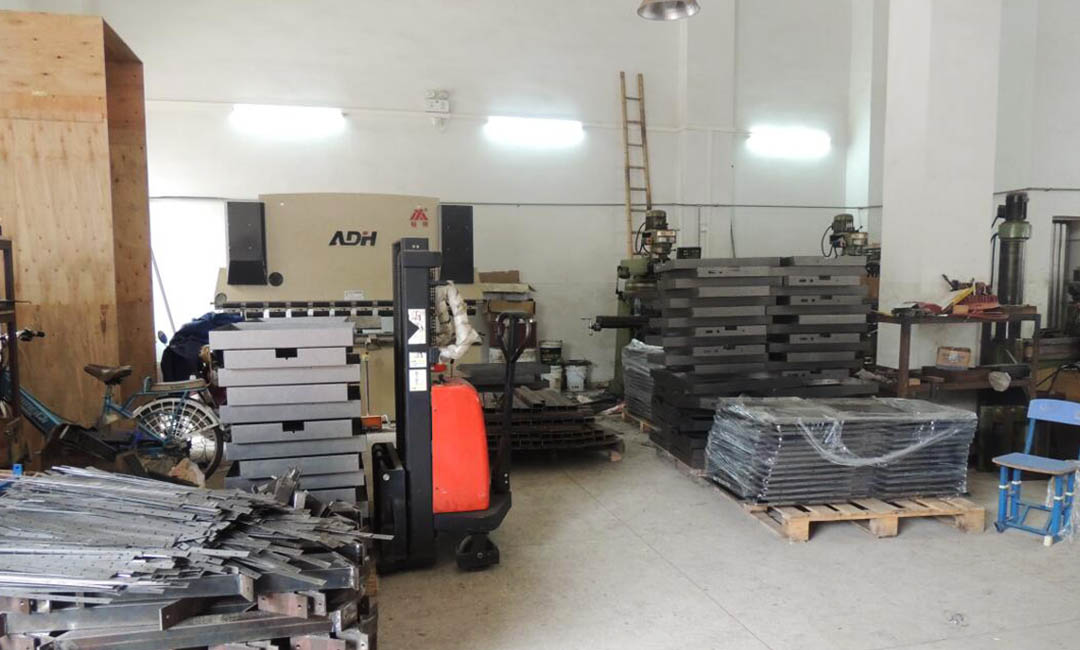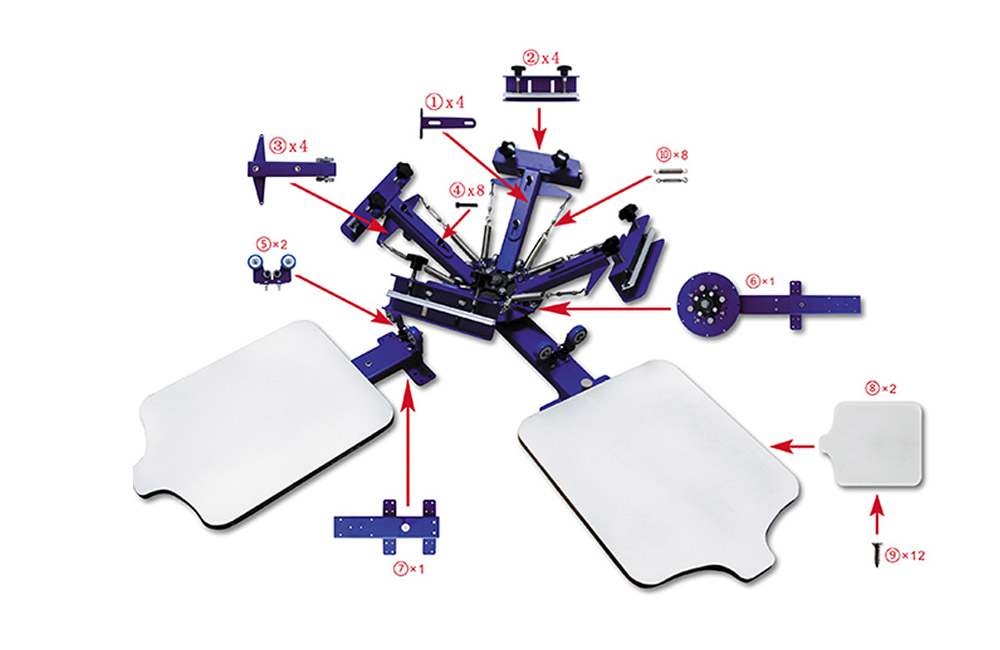How to Print Detailed Designs with a 4 Color Screen Printing Machine
Understanding the Basics of 4 Color Screen Printing
Screen printing is a popular method used to transfer detailed designs onto various surfaces, such as fabric, paper, and plastic. One of the most common types of screen printing is 4 color screen printing, which involves using four different colors (cyan, magenta, yellow, and black) to create a wide range of colors and intricate designs. In this article, we will discuss the basics of 4 color screen printing and provide tips on how to achieve high-quality prints with a 4 color screen printing machine.
To begin with, it is important to understand the concept of color separation in 4 color screen printing. Color separation involves breaking down a design into its four primary colors (cyan, magenta, yellow, and black) and creating a separate screen for each color. Each screen is then used to transfer one color onto the printing surface, resulting in a full-color print. By carefully aligning the screens and adjusting the ink levels, it is possible to achieve a wide range of colors and intricate designs with a 4 color screen printing machine.

When setting up a 4 color screen printing job, it is essential to start with high-quality artwork. Detailed designs with clean lines and sharp edges will produce the best results when printed with a 4 color screen printing machine. It is also important to ensure that the artwork is properly separated into its four primary colors to avoid any color bleeding or misalignment during the printing process.
Once the artwork is ready, the next step is to prepare the screens for printing. Each screen should be coated with a light-sensitive emulsion and exposed to UV light with the separated artwork to create a stencil. The stencil will allow the ink to pass through onto the printing surface, creating the desired design. It is crucial to ensure that each screen is properly aligned and registered to avoid any misprints or smudges.
When printing with a 4 color screen printing machine, it is important to use high-quality inks that are specifically designed for screen printing. These inks are more opaque and vibrant, ensuring that the colors are rich and consistent across the entire design. It is also essential to adjust the ink levels and squeegee pressure to achieve the desired color intensity and coverage.

During the printing process, it is crucial to maintain a consistent printing speed and pressure to ensure even ink distribution and sharp details. It is also important to periodically check the registration and alignment of the screens to avoid any misprints or color shifting. By carefully monitoring the printing process and making adjustments as needed, it is possible to achieve high-quality prints with a 4 color screen printing machine.
In conclusion, 4 color screen printing is a versatile and effective method for transferring detailed designs onto various surfaces. By understanding the basics of color separation, preparing high-quality artwork, and using the right inks and techniques, it is possible to achieve stunning results with a 4 color screen printing machine. With practice and attention to detail, anyone can master the art of 4 color screen printing and create beautiful, intricate designs.
Pre: How to Use a 2 Station Silk Screen Printing Press for Multi-Layer Printing
Next: Essential Features of a High-Quality Tabletop Screen Printing Press
Tags: